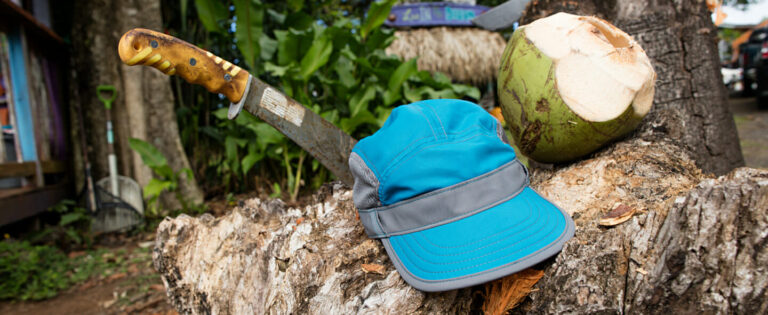
Your climbing harness is something that you need to be able to completely rely upon. When cams and bolts break, it’s still entirely possible to survive a fall.
A climbing harness, however, doesn’t have a backup. You’re just as reliant upon this as you are on your rope.
But, many climbers tend to use their harnesses after many years of use without even testing their functionality.
So, how do you know when it’s time for your harness to be replaced? Well, it’s actually pretty easy to tell!
The lifespan
The lifespan of a harness is difficult to determine, as every harness has a different lifespan, even if it’s the same brand and style of harness. Every climber climbs at different levels of difficulty, in different styles and in different locations. Climbing companies such as Black Diamond, Petzl, Arc’teryx and Mammut give you a general idea of the harness’s lifespan in the manuals (most of which you can find online as well).
However, you could say the usual lifespan of a climbing harness is around five years. Even though it’s always a good idea to refer to the manual, many of the time frames are too vague for you to completely rely on. So, instead of putting all your trust into the company to tell you when to replace your harness, you should take the factors below into consideration and check your harness for signs of failure or damage before each climbing session.
Signs of wear and tear
Wear and tear is the most obvious sign to look for when inspecting your harness. Tears, cuts, and abrasions can be found on just about any harness. Thus, it is important to be able to distinguish the more serious signs of wear and tear from the not-so-serious ones. The most critical parts that you should definitely inspect are the tie-in points. These wear out the fastest. Keep an eye out for deep tears and cuts. If some of the fabric is “fuzzy”, don’t worry about it.
You should start to worry once you’ve noticed that the fabric has become thinner in certain areas. Certain companies like Petzl and Arc’teryx (pictured) make harnesses with differently coloured nylons beneath the tie-in points. These are there to tell you when the tie-in points are close to failing. Even though the tie-in points are generally the first to go, it is always a good idea to check other parts of your harness as well, such as like the belay loop, waistband, and leg loops.
As soon as your harness shows any significant tear, cut, or abrasion on any part, it’s time to toss it.
Intensity

Think about the type of abuse you inflict on your harness every time you got out and climb. If you top rope or take tiny falls, your harness can last for several years. But, if you regularly take big falls, you may want to think about replacing your harness annually (or maybe even more frequently).
When you take a big fall, always inspect your harness for new tears and abrasions! Big falls can transform an excellent harness into complete rubbish. Not only that but the inner fabrics could tear too, so you might want to replace your harness after a massive fall, even if there aren’t any noticeable signs of wear.
Frequency
How often you climb is something else you need to bear in mind during each inspection. Climbers who have to get their fill every day are obviously going to have to replace their harnesses more often than those who only climb once a week, a month, or a year. However, the occasional climbers out there might need to replace their harnesses sooner than they think. Why? Well, harnesses have shelf lives and might need to be retired, even if you hardly ever used them. It’s always important to know how old your harness is. So, if your mate gives you his used harness, find out how old the thing is before using it.
Environment
You also need to consider where you climb and where you store your harness. Dirt, sunlight and and water will eventually tear your harness to shreds. So, if you climb a lot outdoors, you’ll need to replace your harness much more often than a gym climber. And, you desert climbers out there who enjoy chimneys and offwidths will definitely need to get new harnesses sooner than your outdoor sport climber. Dark areas and dirt can have a negative effect on the lifespan of your harness as well. So, don’t store your harness in a dank place, such as an attic or garage. Discolouration is a tell-tale sign that sunlight and darkness have affected your harness.
Storage
How you decide to store your harness can affect its longevity as well. If you take care of your harness and separate it from your other gear, you’ll get much more joy out of it for much longer than somebody who keeps it with all their other gear and tools. Sharp tools such as ice axes and nut tools can damage a harness if kept close to it in your pack. Some harnesses come in a mesh bag, which comes in really handy when travelling.
When in doubt… replace it!
This last tip comes from the traditional climbers who all say, “when in doubt, replace it.” So, if you’re worried or unsure, it’s probably best to invest in a new harness.
Ultimately, it’s up to you to decide whether your harness is strong enough to save you in the event of a fall. Inspect your harness regularly and retire it if you have any doubts. And by retire, we mean throw it away. Don’t sell it, give it away or keep it as a backup!





2 Comments on the Article
Love these tech tips alpinetrek, keep it up :)